Law and Providence Revisited
November 6, 2025
As we approach numerous scholarly conferences and public events in observation of the semiquincentennial anniversary of the Declaration of Independence, the question of religion and American Revolution has come to the fore again. That question motivated in part my first book, Law and Providence in Joseph Bellamy’s New England (Oxford University Press, 1994): a study of the eighteenth-century Connecticut preacher Bellamy and his intellectual transformation from evangelical revivalist to republican patriot.
The central argument of that book went as follows. In order to defend evangelical Calvinism from revivalistic excess and its critics, Bellamy adopted a theology of moral reasonableness gleaned from Enlightenment authors in England and Germany. As he did so, he fastened his writing and preaching on the rule of providence over earthly affairs through the moral law. In response to economic and political crises, he deployed his moral theology to move his congregation toward political rebellion.
This was a resolutely intellectual biography—with some economic history and social analyses for context—that linked Bellamy’s theological change to his town’s political activism. It offered an alternative to studies of religion and the American Revolution that emphasized the political import of revivalism, covenantal thought, and apocalypticism.
During the thirty years since that book was published, the historiography of religion and the American founding has traveled several interpretive paths: the story of loyalist groups who resisted rebellion, challenges to British imperialism that effected the breakup of an Anglo-American transatlantic Protestant consensus, religious outsiders—including Indigenous groups—to the west and south of New England and Virginia, intersections between Protestant ideas and racialized notions of freedom, and ties among Protestant notions of civility, American independence, and dispossession of Indigenous lands. As a result, descriptions of the relationship between religion and the revolution have focused less on religious thought and republican politics than on the complicated role of Anglo-American Protestantism in the creation of a national social order resting on the enslavement of Black peoples and conquest of Native peoples. Indeed, only during the past few years has there been a reinvigorated interest in religion and American independence, focused understandably on issues of religious liberty.
How, then, does Law and Providence hold up in light of such turns? As an intellectual biography and narrowly focused study of one strain of New England Protestantism, it still provides a portrait that serves to complicate what we mean by Protestant evangelicalism: different from the typical image of traditional Calvinist dogmatism or evangelical emotionalism. It provides an intellectual biography of a noted but not widely known figure, serving to place at hand close readings of what New England Protestants believed and how they became politically engaged. It still serves to challenge a temptation to collapse New England’s White Protestantism into a single and unchanging mindset through the eighteenth century.
Bellamy was a leader of what historians have called the New Divinity movement. It was a theological school that often relied on ponderous and sometimes tedious abstractions about God, the moral law, and history. I naively attempted in this book to show what to some critics appeard improbable: Bellamy’s theologizing captured a local audience and moved them to anti-imperial resistance. Its argument here, I think, has held up. In this sense, the book might prevent us from all too readily dismissing the idea that dogmatic theology could have spoken to the realities of everyday life.
So much for what Law and Providence might still contribute. On the other side of the ledger, one could hardly write such a book today in light of recent historiographical interests. Or, to put this a bit differently, I would want to place the close textual readings of Bellamy’s formal theological works, sermons, and letters into a larger conversation about democracy, race, and imperial conquest.
A robust analysis in such terms would mean a more concerted effort to link the moral philosophies upon which Bellamy drew to the British and European Enlightenment and its legitimization of new patterns of exchange based on colonizing projects and slavery. Placing New England divines into an international, transatlantic context would open questions that I did not address, concerning the relation of theological paradigms to the maintenance of social hierarchies, to racially constricted notions of liberty, and to dispossession of Indigenous lands.
It would also mean, of course, highlighting the ambiguities in New Divinity ideas of providential rule and justice. Many of Bellamy’s closest students, including his son-in-law Levi Hart, produced vehement anti-slavery arguments during the revolutionary period. We have yet to consider fully how such arguments played out. How, for example, did such opponents of slavery come to terms with the fact that New England farmers and merchants, along with leaders of nascent industries, relied on commerce with southern partners who directed a plantation economy? How did revolutionary-era patriot preachers in New England, who frequently issued criticisms of Anglo-American treatment of Indigenous populations, apply their notions of providential justice to the expansion of American territorial claims—what we can think of as settler colonialism?
I raise these questions to indicate the limitations, both methodological and substantive, of my first book. The questions, however, do not imply an easy answer. They suggest ambiguities and paradoxes rather than a straight trajectory toward either a liberal democratic order or a racialized colonial project.
Law and Providence conveys very little of such ambiguities or the larger social context in which to read the intellectual story that is its focus. An updated version of this book would not jettison the close theological readings but would, rather, place such readings in conversation with recent turns in the history of religion and American independence.

